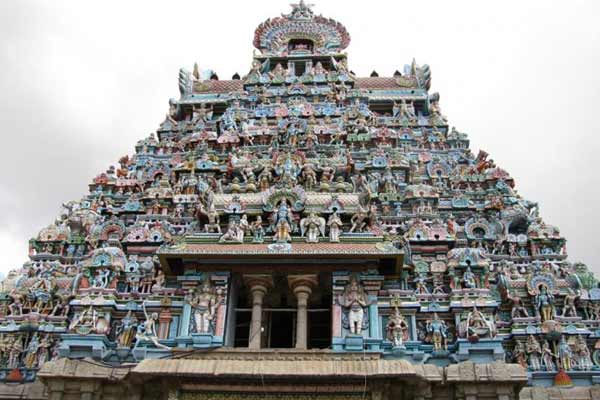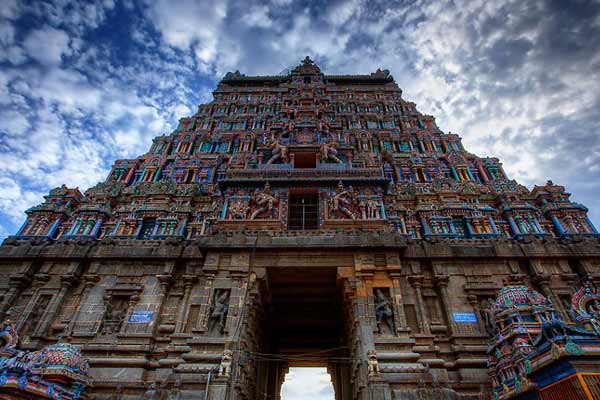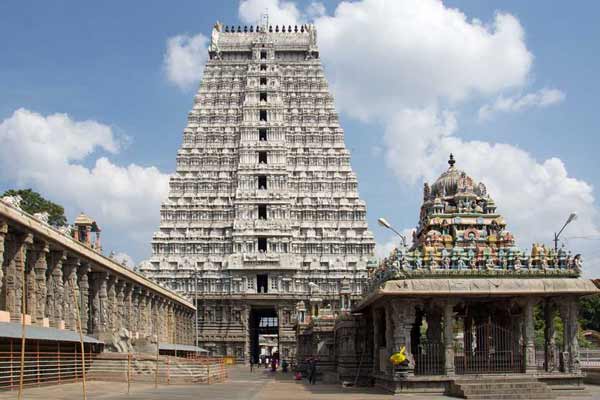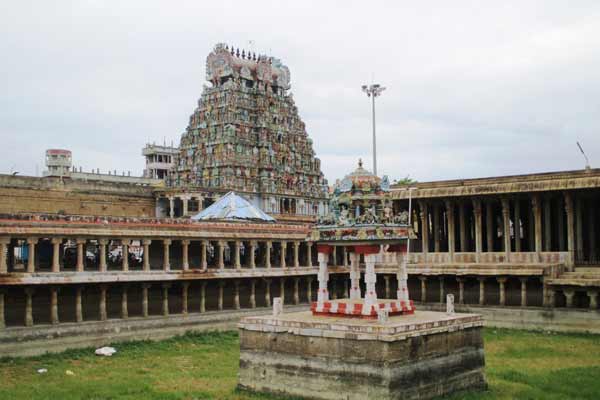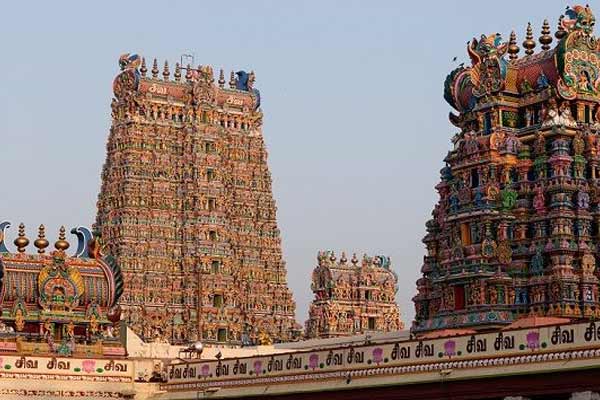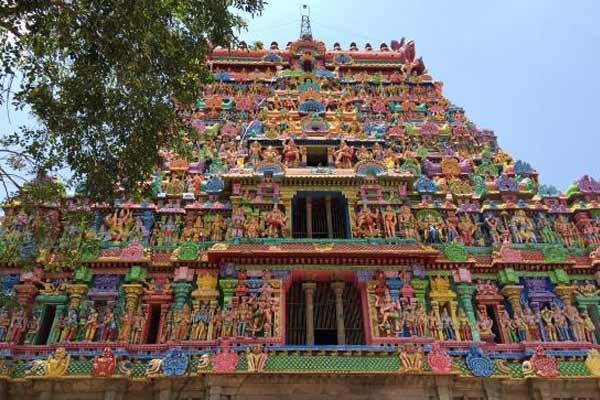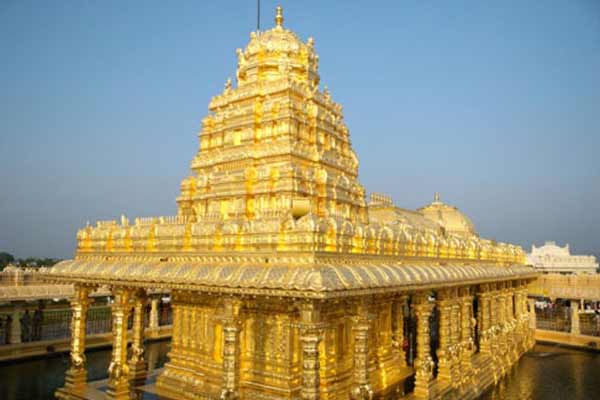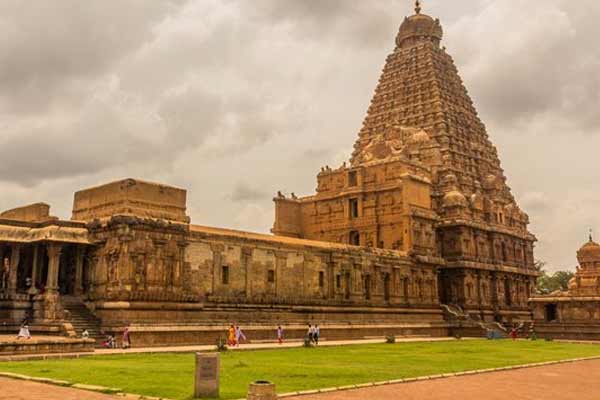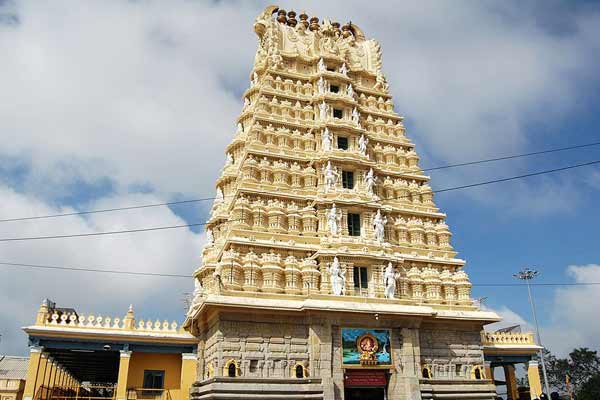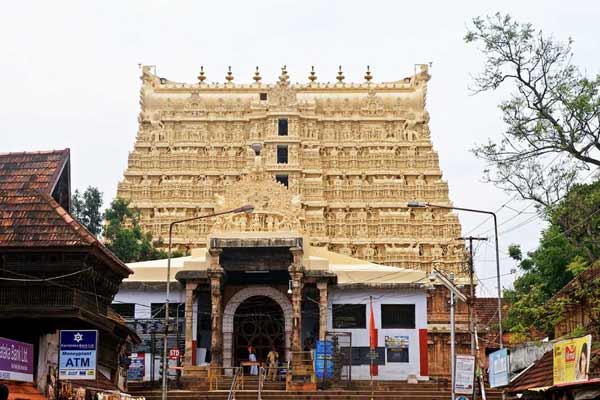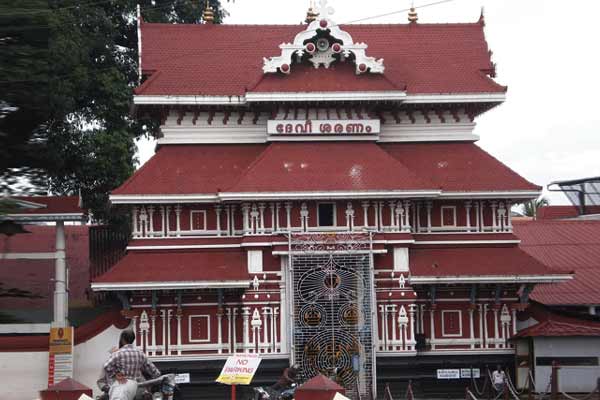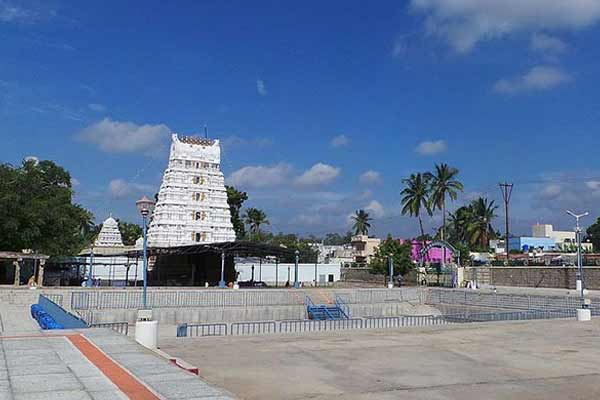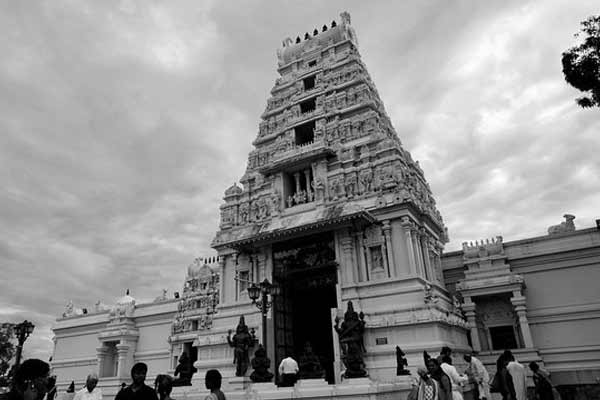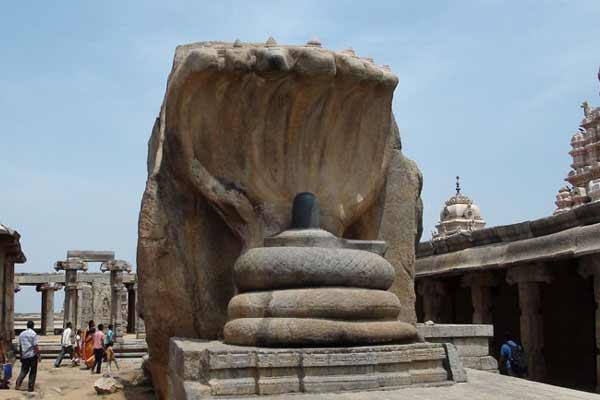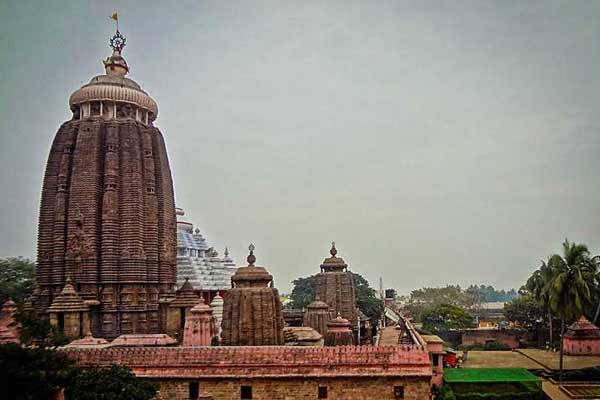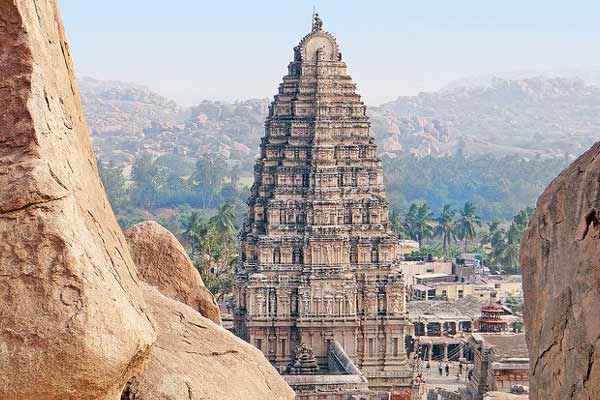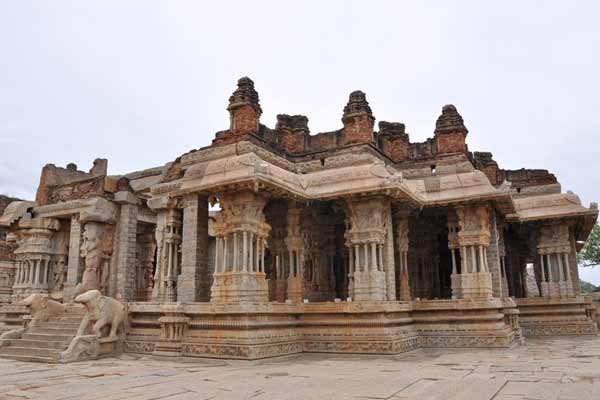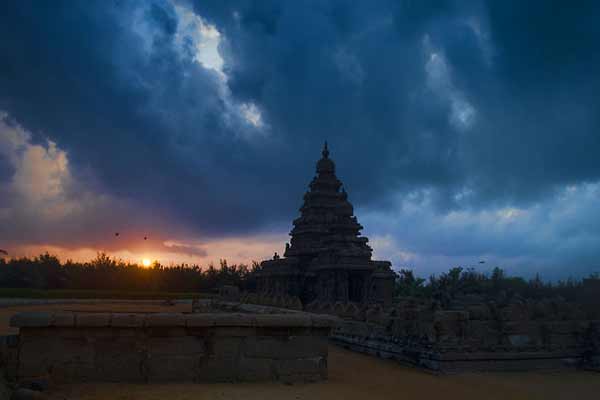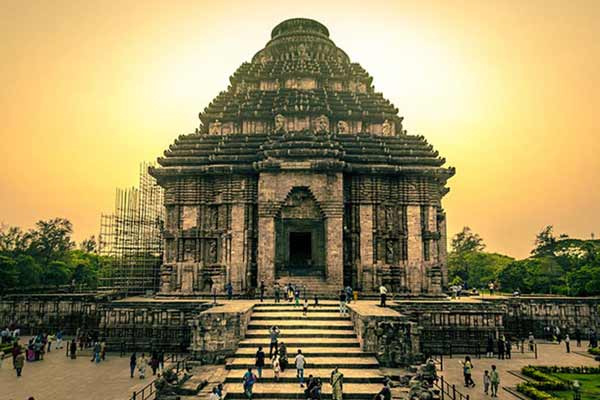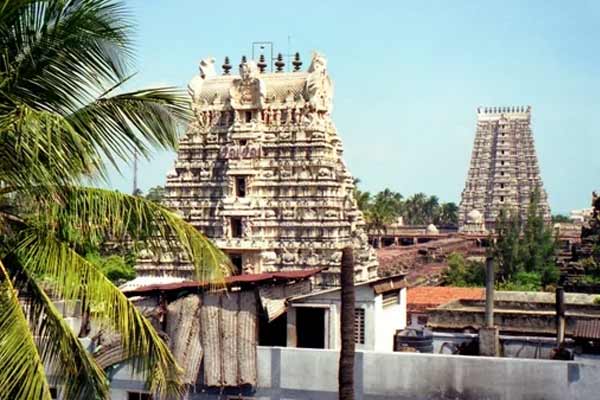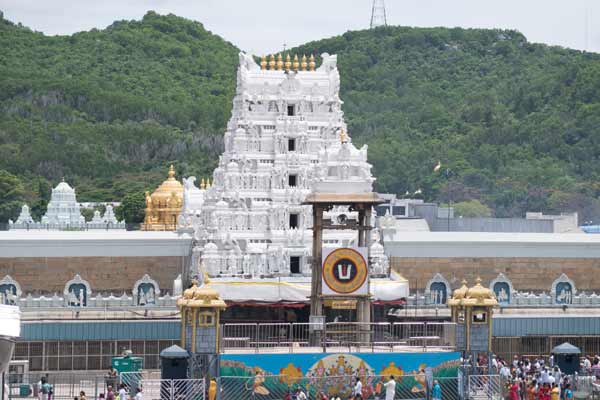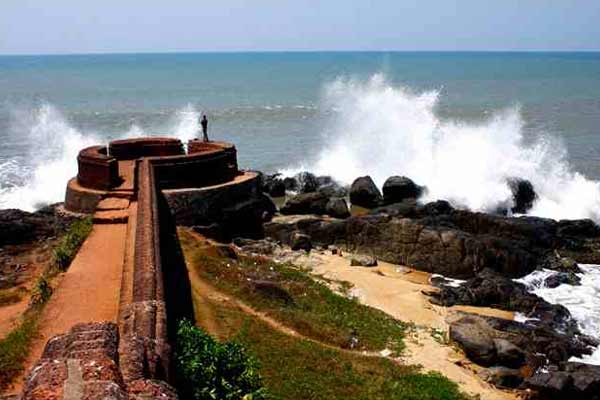

Located inside the East Fort in Thiruvananthapuram, the capital city of the State of Kerala in India is the Sree Padmanabha Swamy Temple dedicated to Lord Vishnu. This temple is a blend of the Kerala and Dravidian styles of architecture. It is believed to be the world’s richest temple.
The history of Sree Padmanabhaswamy Temple dates back to 8th century. It is one of the 108 sacred Vishnu temples or Divya Desams in India. Divya Desams are the holiest abodes of Lord Vishnu that are mentioned in the works of the Tamil Azhvars (saints). The presiding deity of this temple is Lord Vishnu, reclining on Anantha, the hooded Serpent.
Marthanda Varma, noted among Travancore kings, did a major renovation to the temple and it resulted in the present day structure of the Sree Padmanabhaswamy Temple. It was Marthanda Varma who introduced the Murajapam and Bhadra Deepam festivals in the temple. Murajapam, which literally means continuous chanting of prayers, is still conducted in the temple once every six years.
In 1750, Marthanda Varma dedicated the kingdom of Travancore to Lord Padmanabha. Marthanda Varma vowed that the royal family will rule the State on behalf of the Lord and he and his descendants would serve the kingdom as Padmanabha Dasa or the Servant of Lord Padmanabha. Since then the name of every Travancore King was preceded by the title Padmanabha Dasa. The donation of the kingdom of Travancore to Padmanabhaswamy was known as Thripadidanam.
Thiruvananthapuram, the capital city of Kerala takes its name from the presiding deity of the Sree Padmanabhaswamy Temple, who is also known as Anantha (one who reclines on the Serpent Anantha). The word 'Thiruvananthapuram' literally means - the Land of Sree Anantha Padmanabhaswamy.
The Sree Padmanabhaswamy Temple as per belief is located at a place that is considered as one of the seven Parasurama Kshetras. There are references to the temple in texts like the Puranas, viz. the Skanda Purana and Padma Purana. The temple stands close to the holy tank - Padma Theertham, which means 'lotus spring.'
South India unique are their grand structure, done beautifully in Vijaya Nagara and Dravidian styles. Like literally, you’ll find no compromised work of art anywhere in South India especially when it comes to the Hindu temples where a plethora of devotees throng from the world over. Each shrine in South India, irrespective of its location displays fine artwork not only in the interiors but also outside on the Gopurams (spire). For instance, the exquisite decor of the popular Sabarimala Sastha Temple in Sabarimala simply takes one’s breath away and how can we miss out on the colourful facade of Meenakshi Temple in Madurai, which is simply divine! The richness of South India temples does not limit to just the architecture but belief as well where millions of devotees gather to pay respect to holy figures. You can expect to witness the interesting rituals like hair offering or tonsuring to Lord Venkateswara. We can surely say that, there are no shortage of temples to tour in the South Indian states and to keep your pilgrimage holiday even better, we have compiled a list of must visit temples in South India.
